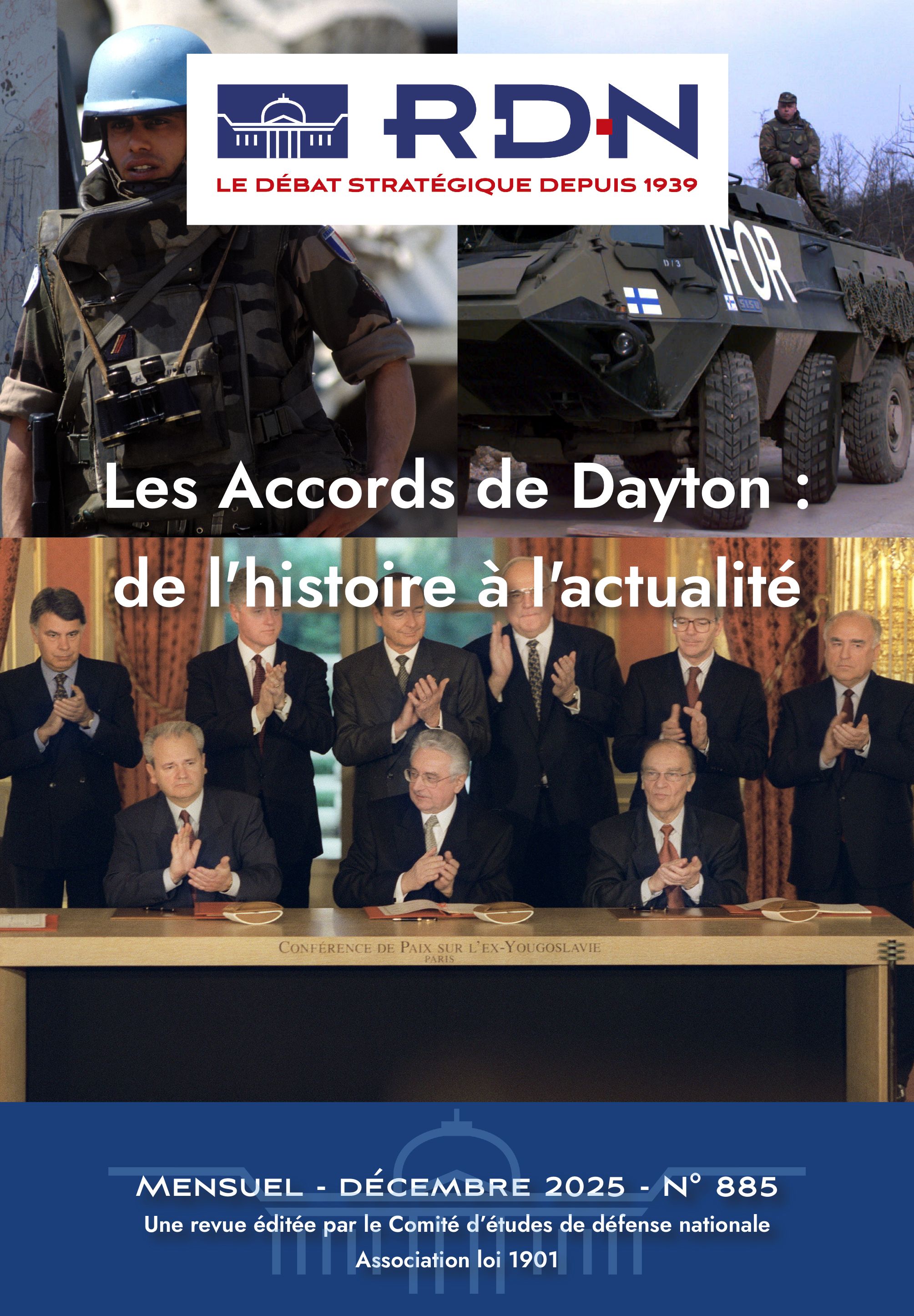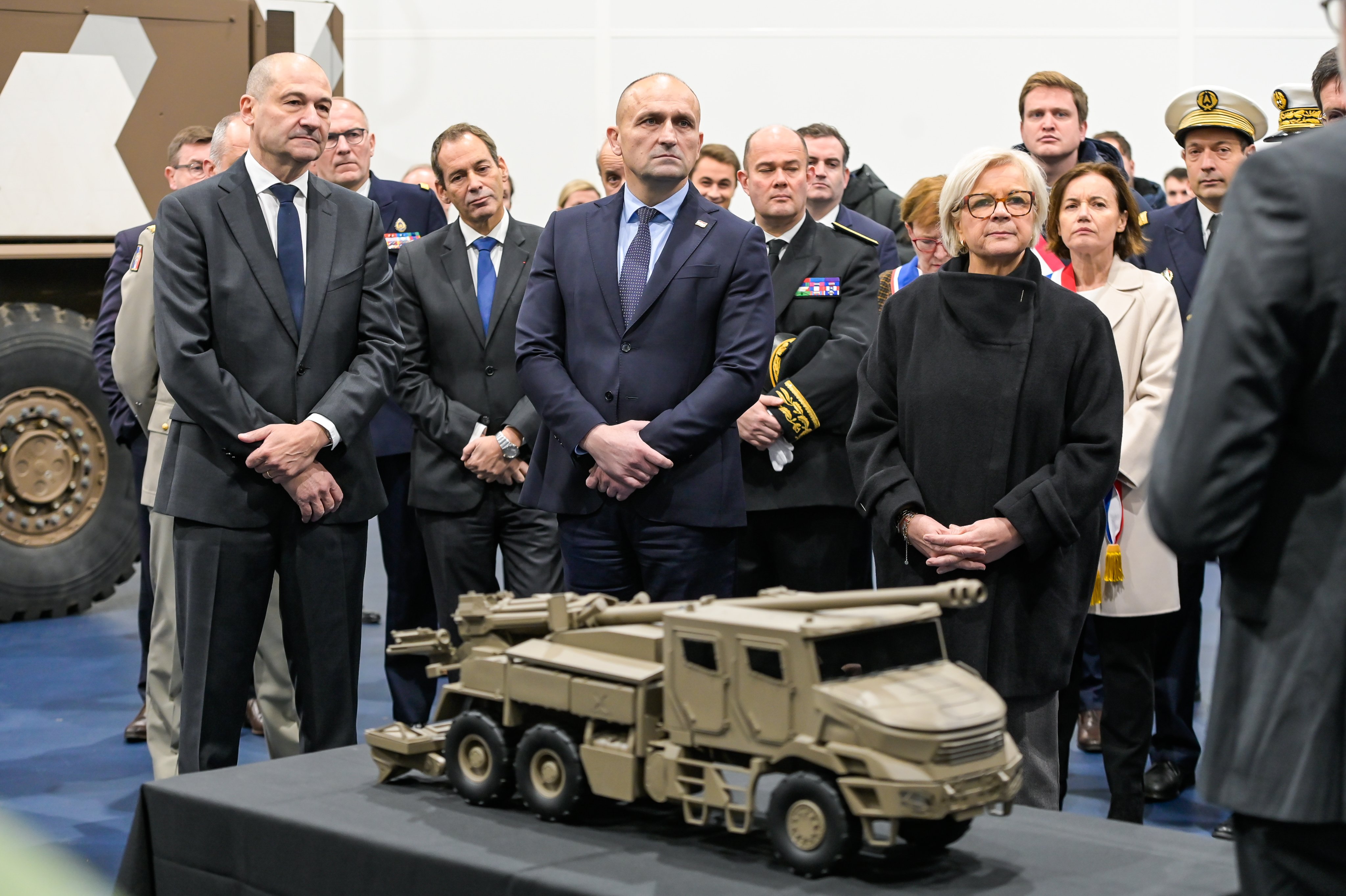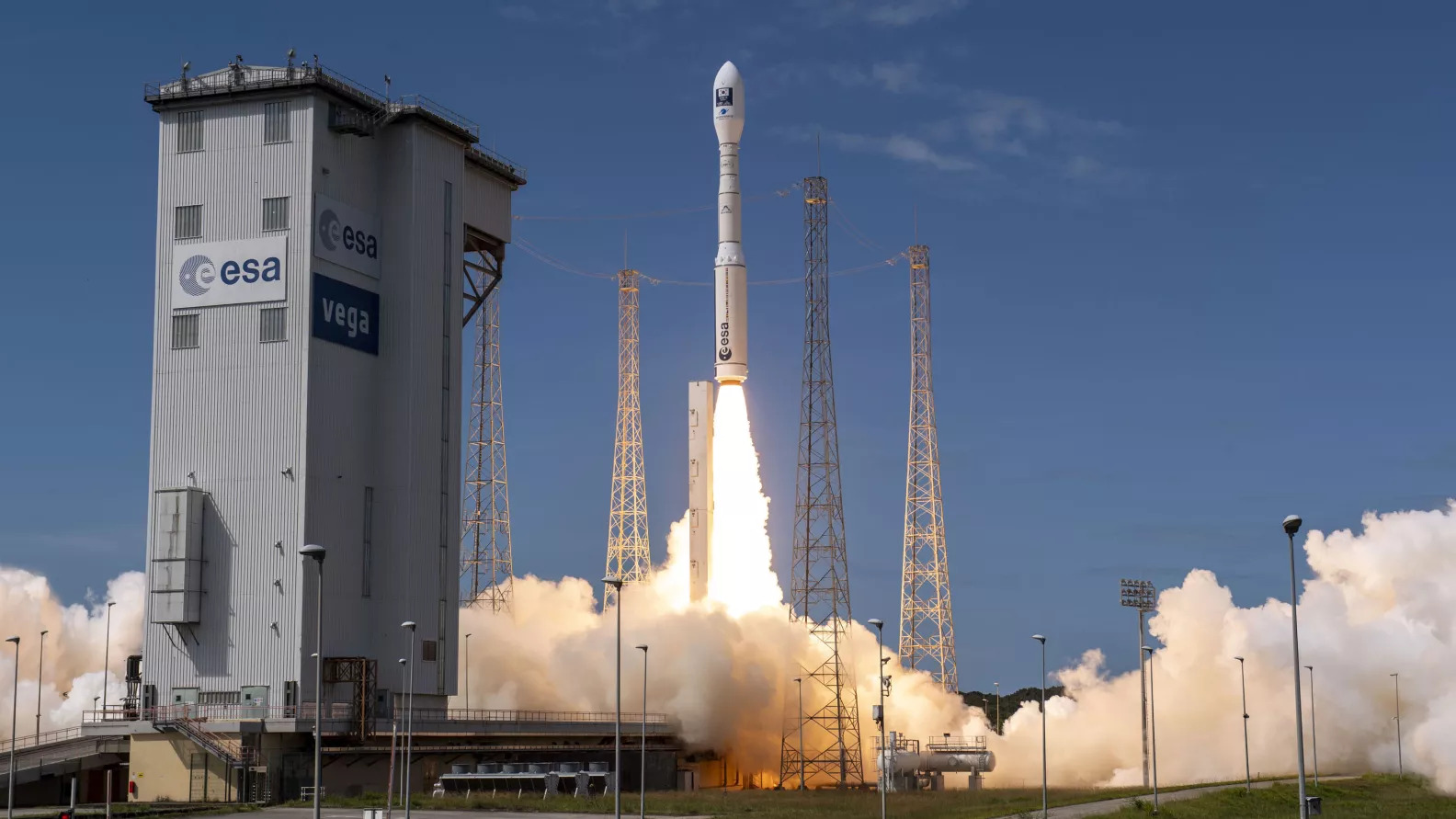The Swedish defence is being deeply reformed. Based on territorial defence during the Cold War, it is now based on flexible operational forces to be used both nationally and internationally, and centralised in a single operational and tactical command. However, the development of their interoperability with NATO must be an incremental process seen in a long-term perspective. Such a reform requires public support and a large participation of varied actors. There has been an intense debate and a political consensus has been reached on Swedish defence policy.
Swedish Defence
The last decade of the twentieth century saw a profound change in the security situation of Europe. The confrontation between the two superpowers that had resulted in an immense arms race, making central Europe the most armed region in the world, came to an end.
Only fifteen years ago, at the height of the cold war, hundreds of thousands of soldiers, tens of thousands of battle tanks and thousands of combat aircraft stood face to face with a readiness to fight that was counted in if not minutes, then in only a few hours. Sweden assessed the threat against her security against this background.
Power politics reigned and « security through deterrence » was the name of the game.
Il reste 93 % de l'article à lire
Plan de l'article






